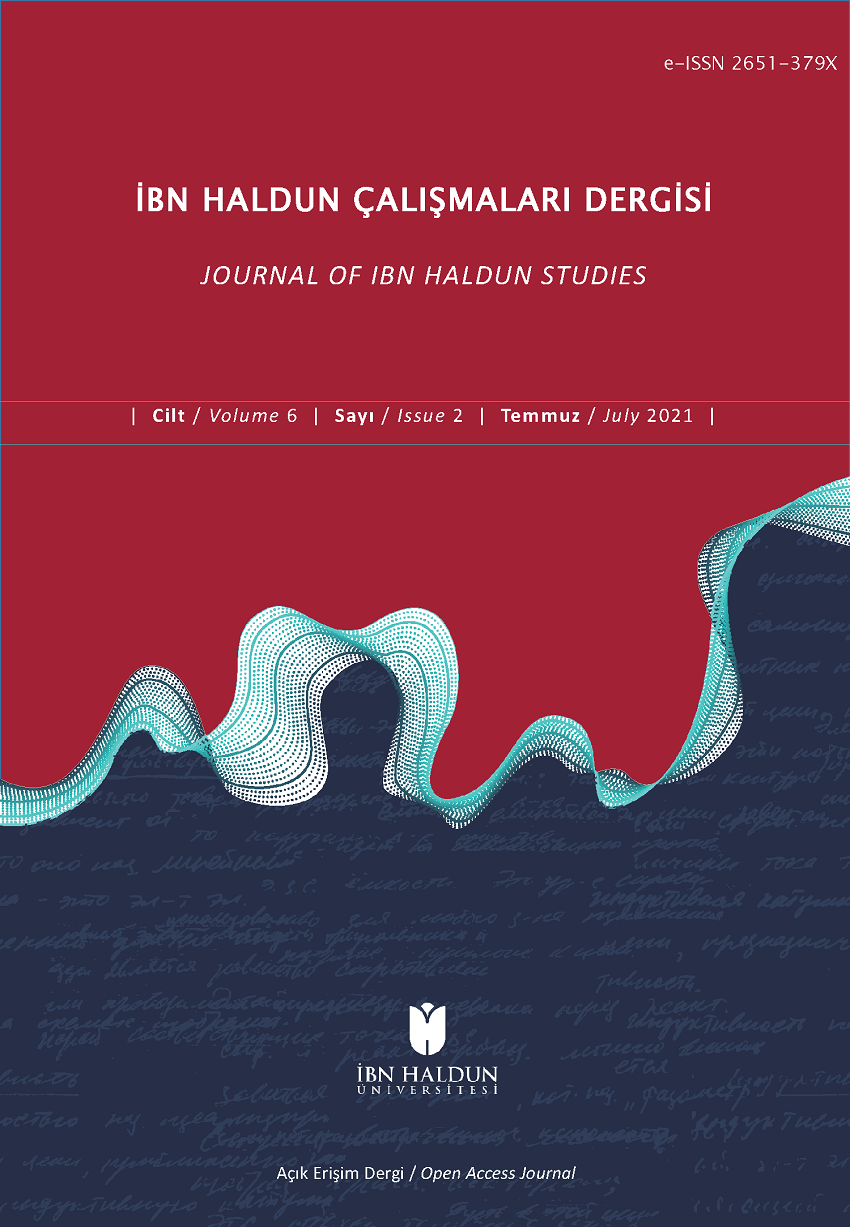The Place of the Mystical Versus the Scholarly Soul in Ibn Khaldun’s İlm Al Umran
DOI:
https://doi.org/10.36657/ihcd.2016.16Keywords:
Ibn Khaldun, Modernism, Ilm al-Umran, Asabiyya, Sufism, MysticismAbstract
The modernist and positivist approach presupposes that Ibn Khaldun’s theory of the rise and fall of societies depends solely on inductive observation. In Ibn Khaldun’s theory, however, understanding the social world requires the knowledge of revelation and more than the empirical knowledge of rational reasons behind the rise and fall of societies. In this regard, his explanations refer only to the sudden mechanism in the history of humanity and are not contrary to the message of the Quran. The aspect of philosophy and religious sciences, which is more important even than dualism, is the triple architecture in reviving Ibn Khaldun’s Ilm al-Umran. He studies Ilm al-Umran towards the middle world of social existence, without separating it from other worlds. Ibn Khaldun’s science is encompassing because it includes certain insights from the revelation. Ibn Khaldun has neither a rationalist nor a religious viewpoint. His is a wide vision which seeks and successfully manages the paradoxes of human existence. This article is an attempt of comparative analysis of the conventional discourses on Ibn Khaldun and the intellectual passages in his works within the context of aforementioned cross readings.Downloads
Published
2016-07-15
How to Cite
Zaidi, A. H. (2016). The Place of the Mystical Versus the Scholarly Soul in Ibn Khaldun’s İlm Al Umran. Journal of Ibn Haldun Studies, 1(2), 331–342. https://doi.org/10.36657/ihcd.2016.16
Issue
Section
Articles
License
In case an article is accepted for publication it is allowed to combine the article with other researches, to conduct a new research on the article or to make different arrangements on condition that the same license is used including the commercial purpose.
As an author of an article published in Journal of Ibn Haldun Studies you retain the copyright of your article and you are free to reproduce and disseminate your work.






